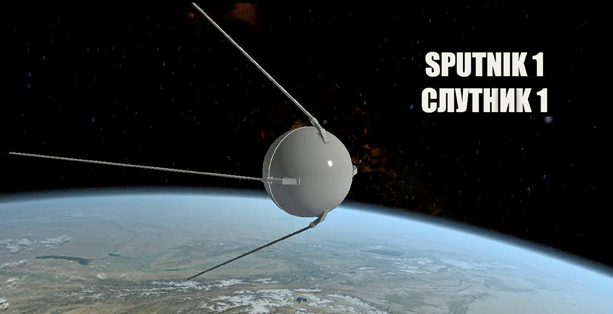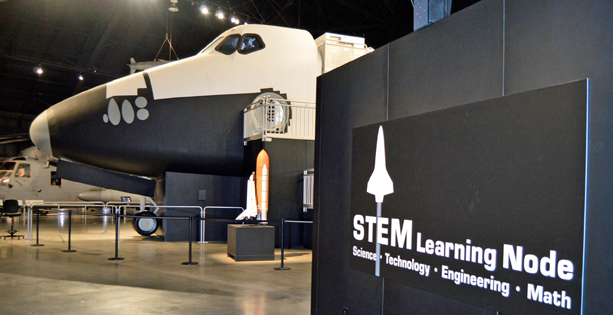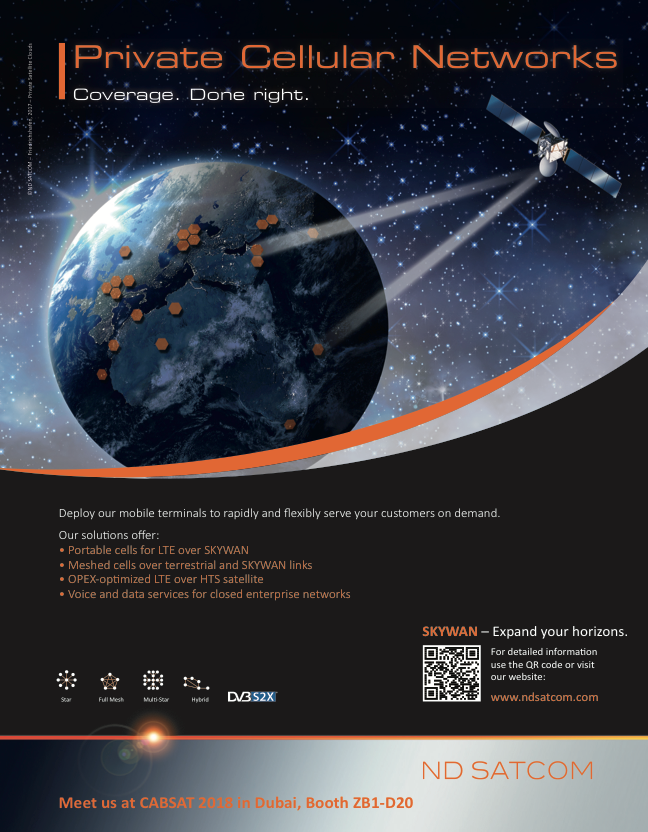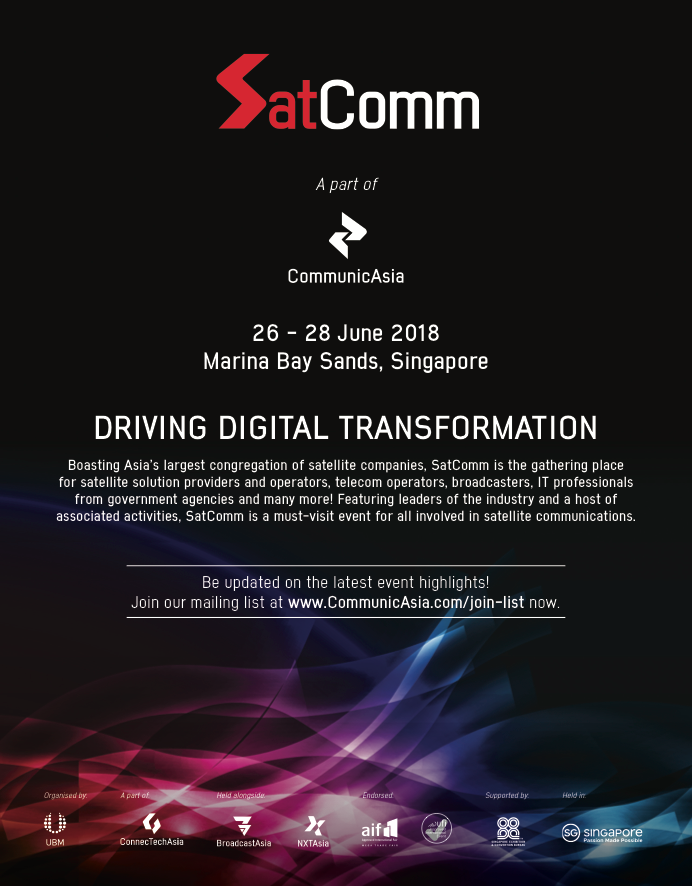The world’s first satellite, Sputnik I, went into orbit 60 years ago and was about the size of a beach ball.

Sputnik 1’s four antennas transmitted radio pulses. The most recent Intelsat EpicNG satellite that went into orbit this past September is as big as a school bus and can deliver 45 Gbps of broadband to an area that covers Africa, Europe and South America.
The evolution from Sputnik 1 to Intelsat 37e required the energy, hard work and brain power of tens of thousands of scientists, technicians, engineers, and mathematicians.
To maintain that technological transformation, the commercial space industry needs to recruit the best and brightest in those four disciplines, now commonly known as STEM.
Finding the next-generation of space leaders can be challenging, due to both the demanding academics of STEM college classes and also because the growth and cache of space companies in the past few years has made hiring talent more of a challenge for all.
Intelsat General Corporation (IGC) has invested in an active internship program and works with groups such as The Future Space Leaders Foundation (FSLF), a tax exempt 501 (c)(3) non-profit organization dedicated to the career development of young space and satellite industry professionals in an exciting and growing field.
IGC also works with the Space Foundation and Space and Satellite Professionals International (SSPI), with both of these organizations offering scholarships to students in the field.
Intelsat and IGC maintain a regular schedule of recruiting events. The companies average one university or diversity career fair per month.
Company representatives serve as judges for Georgia Tech’s aerospace engineering Capstone event, and have Georgia Tech students regularly visit IGC’s Atlanta offices and teleport.
Intelsat also participates in the GenesysWorks program, which has two students from traditionally underserved high schools work half days in the company’s IT department. This provides these seniors real IT work experience and helps them with college applications.
IGC makes extensive use of LinkedIn and other online resources when looking for STEM talent. The recruiting team has three pieces of advice for those looking to work in commercial space:

• Make certain you have a well-developed resume that stresses your STEM-related activities, including competition and programs. Listing clubs and volunteer work can be helpful as well
• Have a professional-looking LinkedIn profile. Talk about the role you’d like to play in your next job, and join relevant LinkedIn groups and communities
• Attend community events such as symposiums, STEM job fairs (usually free) and conferences. Work to become comfortable with in-person dynamics, and talking about yourself

IGC engineers also participate in STEM education through local school programs. Recently, Senior Sales Engineer Howard DeFelice volunteered his time at Thomas Jefferson High School for Science and Technology in Alexandria, Virginia.
The students at Thomas Jefferson High School are constructing a cubesat, both to “learn by doing” and to compare multiple communication methods for the purpose of creating a best-practices document.
Howard said he was amazed at how quickly the students picked up the concepts of space communication. The web site of the project is located here.

Those working in the space industry want to stimulate the growth and development that will transform today’s students into tomorrow’s
space leaders.
With government clients increasingly looking to commercial providers for a range of space products and services, our participation in STEM education is critical for maintaining our country’s technological edge in space.
STEM graduates who enter the space industry will find that the sky is — quite literally — not the limit as to how far such a career can take them.
www.intelsatgeneral.com/
This article is courtesy of Intelsat General’s SatCom Frontier infosite and editorial team.



